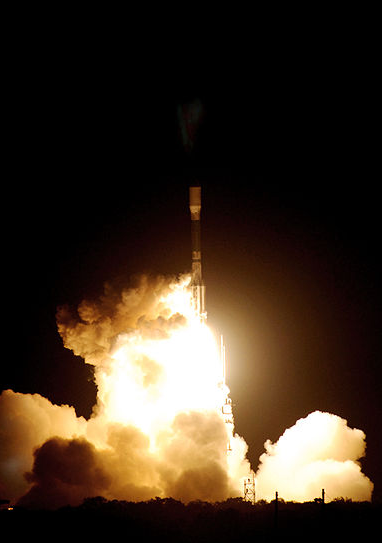Charles Stross on Planetbuilding for NEPTUNE’S BROOD (Part 1)

We are living through the golden age of exoplanetography, and nobody seems to be paying any attention!
I’ve spoken a lot about the economic side of NEPTUNE’S BROOD (UK|ANZ), but pretty much forgot to say anything about one of the other aspects of this novel – the planet much of the action is focussed on, and in orbit around. So it’s time to fix that . . .
Until the tail end of the 20th century, the existence of planets outside our solar system was widely believed in by astronomers – but never directly observed. Planets do not (with a very few extremely odd exceptions) emit heat or light directly: we can only see them by the light they reflect from their sun. This in turn makes them extremely hard to see. If you approximate a star to a light bulb a kilometre away, then the planet you’re trying to see is a dust mote orbiting within a metre of the light bulb. Any photons reflected our way from the planet are drowned out by the comparative torrent from the light bulb itself.
There are ways to measure planets indirectly, of course. In 1992, several planets were detected orbiting the pulsar PSR B1257+12 – their mass perturbed the spin of the pulsar, adding slight irregularities to its output. But improvements in experimental design, and then the launch of the Kepler planet-finder telescope, brought a deluge of new exoplanets to light. We now know of 899 planets in 698 planetary systems, and the Kepler mission has detected another 18,000 candidates: astronomers are still trawling through the embarrassment of riches.
One thing has, however, become clear: extrasolar planets are weird. In fact, they’re so weird on average that it’s beginning to look as if our home solar system is itself the exceptionally weird one, and star systems where multiple gas giants whirl in orbit single-digit millions of kilometres from their primary are the new normal.
So, in NEPTUNE’S BROOD I decided to have some exoplanet-building fun. (more…)
